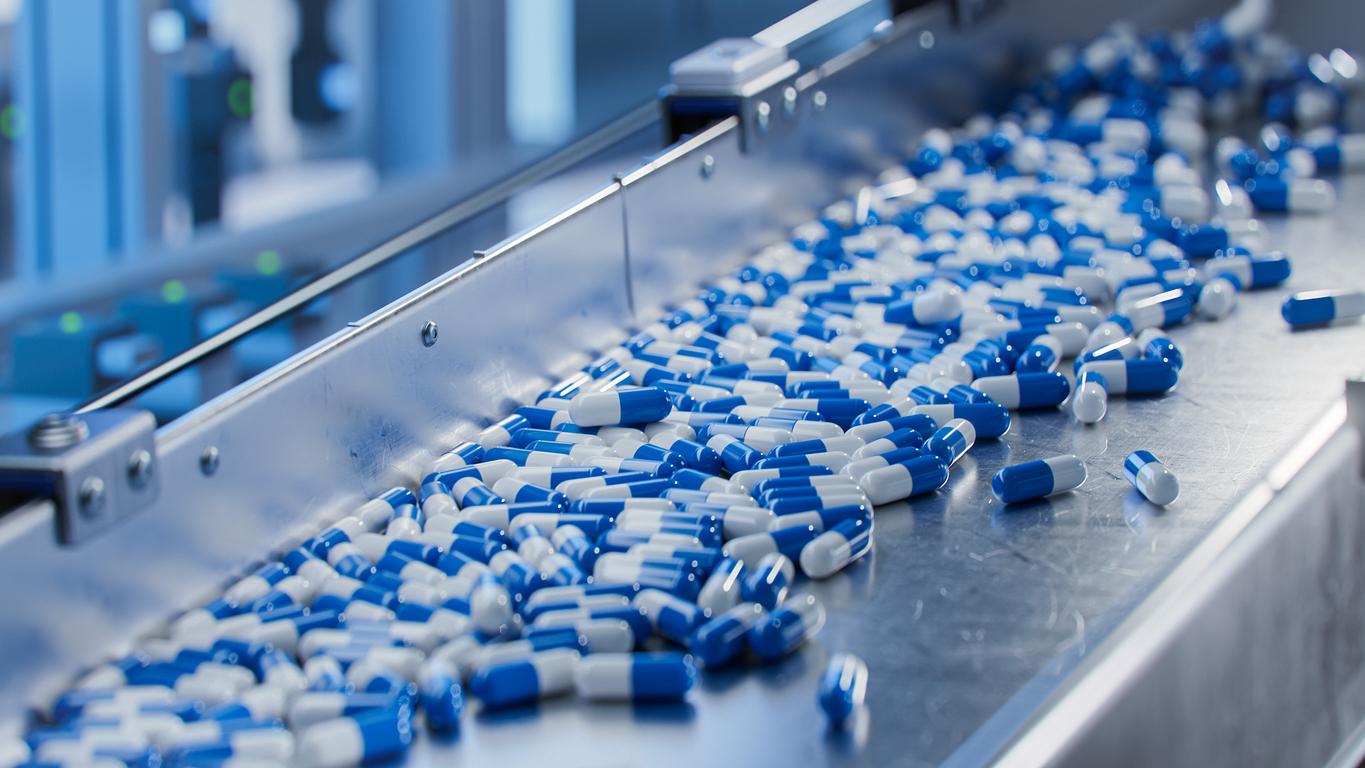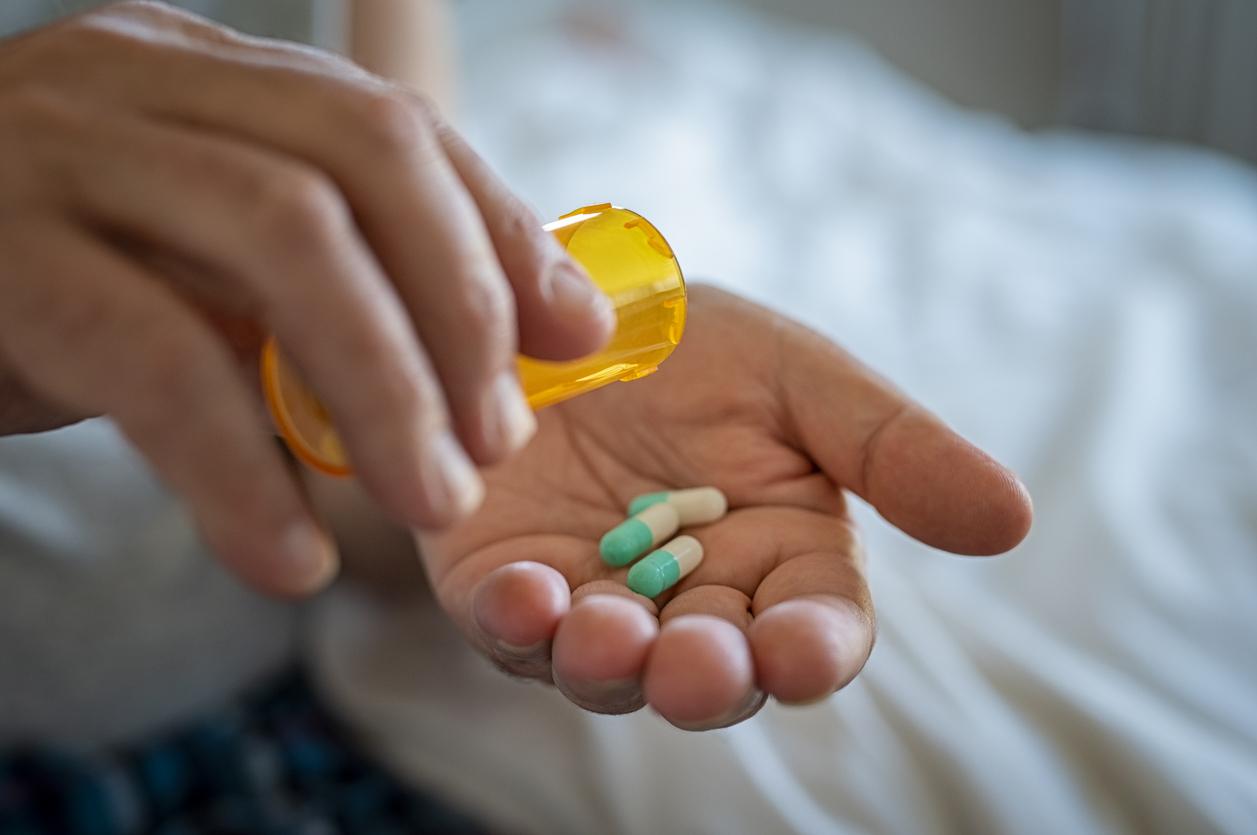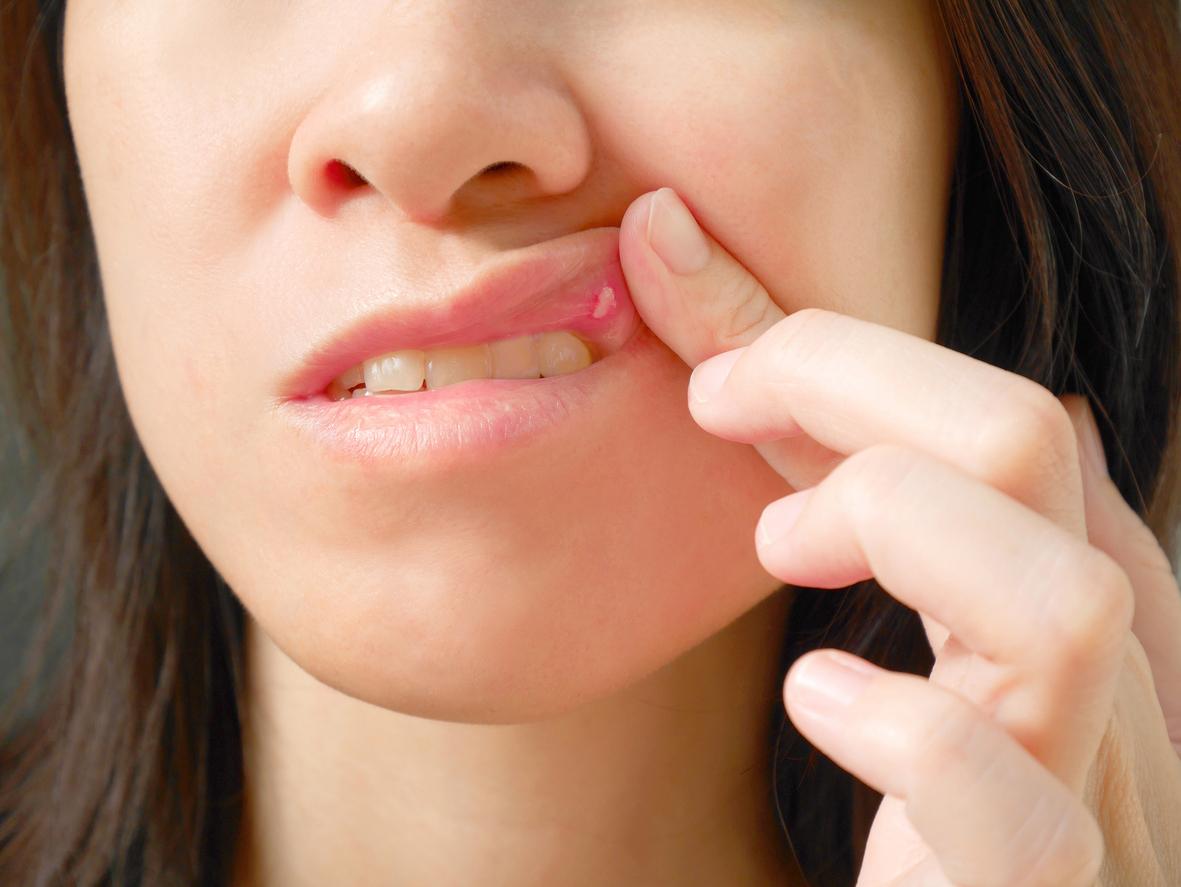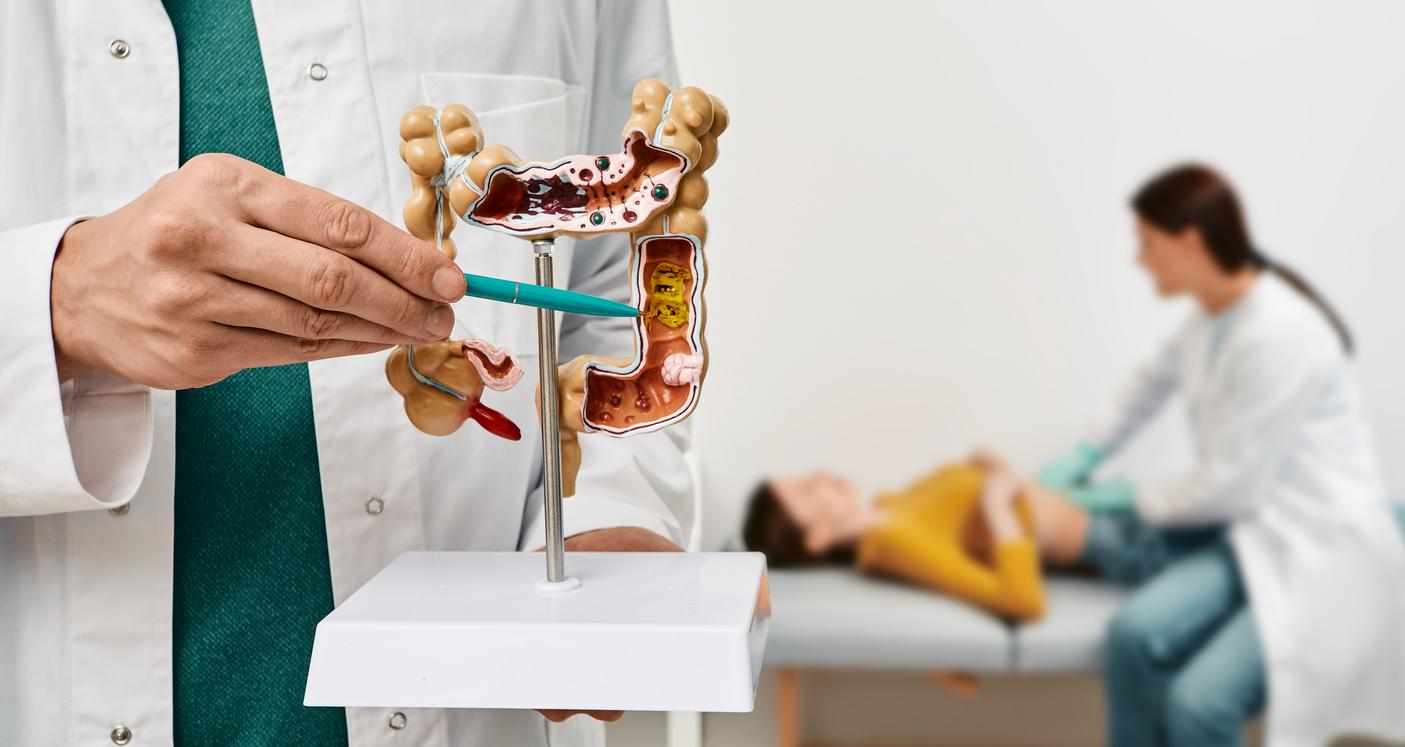It often begins with a sudden sensation of “stabbing” at the bottom of the thorax, difficulty in breathing, shortness of breath and a dry cough which accentuates the pain … This accident can follow a trauma (shock, injury) or occur spontaneously in people with a lung disease such as chronic bronchitis (COPD) or for no specific reason. It is often young men from 20 to 40 years old, of slender morphology, smokers or ex-smokers.
>> Read also: What is pneumothorax?
Pneumothorax: absorb the air pocket and relieve
An x-ray of the lungs, sometimes supplemented by a CT scan, can confirm the diagnosis of pneumothorax. Caused by an effusion of air between the two layers of the pleura, normally glued to each other, it causes compression of the lung.
” Spontaneous pneumothoraxes are fifteen times more frequent in smokers, specifies Professor Charles-Hugo Marquette. Tobacco can indeed cause inflammation and a small leak of air on the surface of the lung which then detaches from the rib cage. This risk exists even in recent smokers, and it is even more important with cannabis, which is inhaled more deeply. “
In case of spontaneous pneumothorax
Few years ago, treatment most often consisted of bed rest while waiting for the air to spontaneously reabsorb, and for the lung to “stick together” after a few months. This is still practiced today during a first low-intensity pneumothorax, when you are not out of breath. But if the discomfort is more important, it is necessary to aspirate the air to quickly glue the pleura to the lung. In one out of two cases, this can be done manually in twenty minutes using a needle, and under local anesthesia.
Pneumothorax: install a portable drain
- Another solution is to lay a drain in the chest, which inhales air for about five days, in the hospital.
- But a new technique tends to replace it: portable drainage. ” This consists of passing a small-caliber portable mini-drain under the collarbone, between two ribs, explains Professor Charles-Hugo Marquette. The patient goes home, he can move, take a shower… It is just as effective as the classic method, but more comfortable and less painful. One in five hospitals uses this method, and it is expected to spread very quickly. “
- In case of failure or recurrence, a pleurodesis is performed, a laparoscopic operation consisting in re-gluing the two layers of the pleura mechanically or by irritating them with talc. After an intervention, it is forbidden to fly for fifteen days to avoid the pressure variation in the lungs.
And no scuba diving either. To avoid recurrence, it is of course strongly recommended to quit smoking!
















